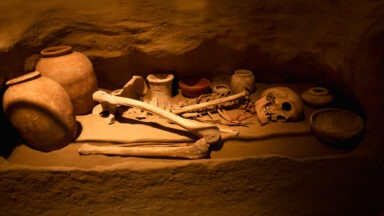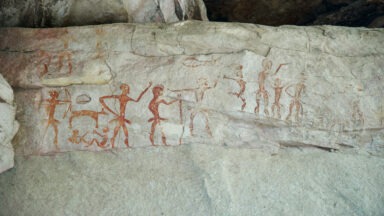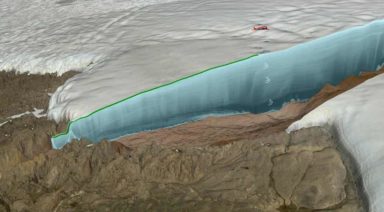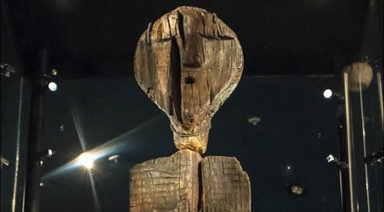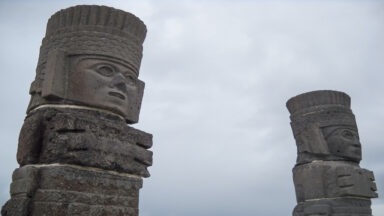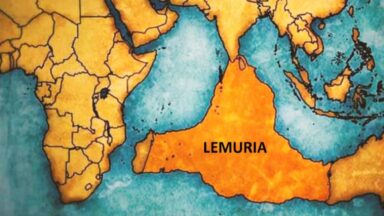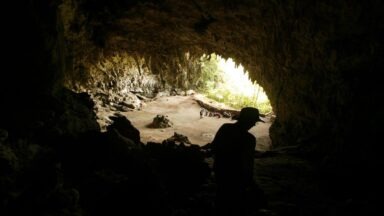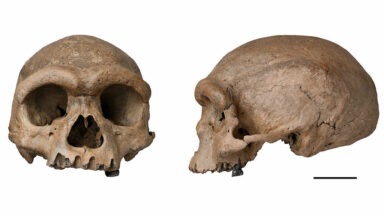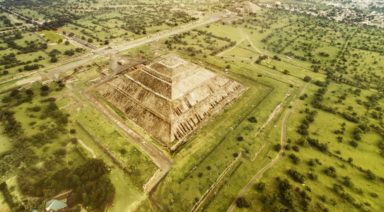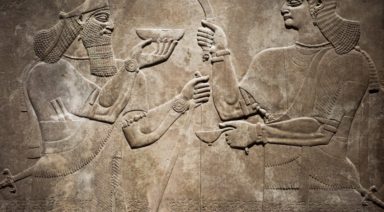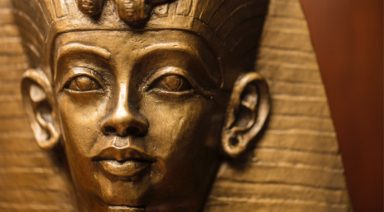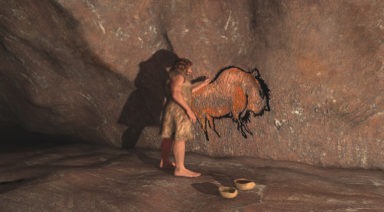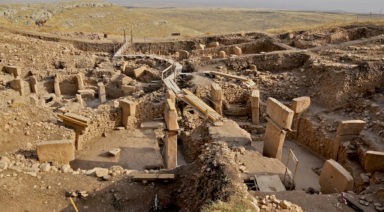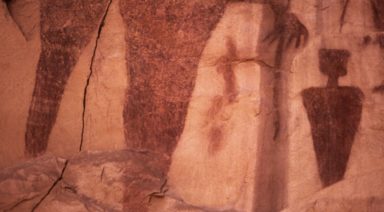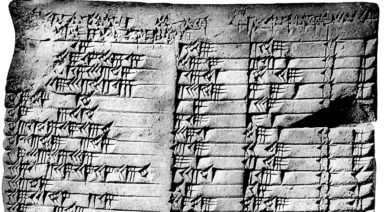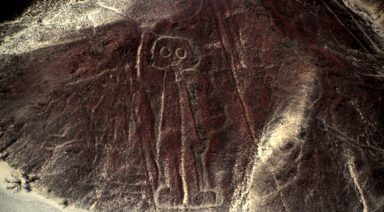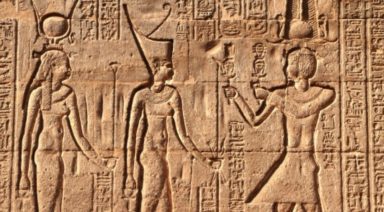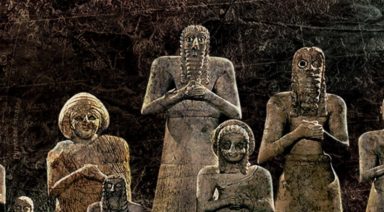Russian Archeologists Find Elongated Skull with Perfect Teeth
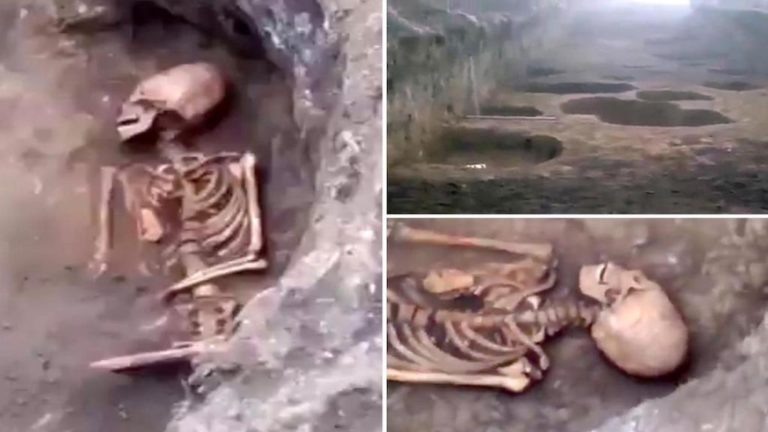
Archeologists uncovered another skeleton with an elongated skull, much like the “Paracas skulls” found in Peru. In addition to the noticeably deformed cranium, the skeletal remains showed a female with unusually pristine teeth that remained preserved for somewhere between 1,700 and 2,000 years.
The remains were discovered at a 4,000-year-old settlement known as Arkaim, in Russia’s Chelyabinsk Oblast. The site is referred to as Russia’s Stonehenge, due to the remains of a monolithic structure that once stood there, which has become a mecca for pagans, psychics, astrologers, and clairvoyants.
The arrangement of the structure at Arkaim was believed to have been used for astronomy but in some instances, visitors have described strange magnetic anomalies, unexplained lights, and even hallucinations during visits.
Arkhaim and the Ural Mountains in general have also become a hotspot for UFO sightings, attracting throngs of seekers hoping to catch a glimpse of the unusual aerial phenomena.
In the past, the unearthing of elongated skulls tended to elicit speculation and headlines describing their discovery as evidence of aliens, but the practice of using wooden boards and wraps to intentionally stretch the skull of child is a well-documented practice. In fact, a parent could even shape the skull of an infant in such a fashion, simply by massaging it when the baby’s skull was soft and tensile.
But of course this hasn’t stopped tabloids from continuing to publish fantastic headlines calling newly unearthed elongated skulls “alien-like,” and the latest discovery is no exception.
Researchers believe this skeleton is unconnected to the original Arkaim civilization as radiocarbon dating placed it at a significantly earlier date. Instead, the ancient woman was believed to have belonged to the Sarmati tribe that inhabited the southern Urals.
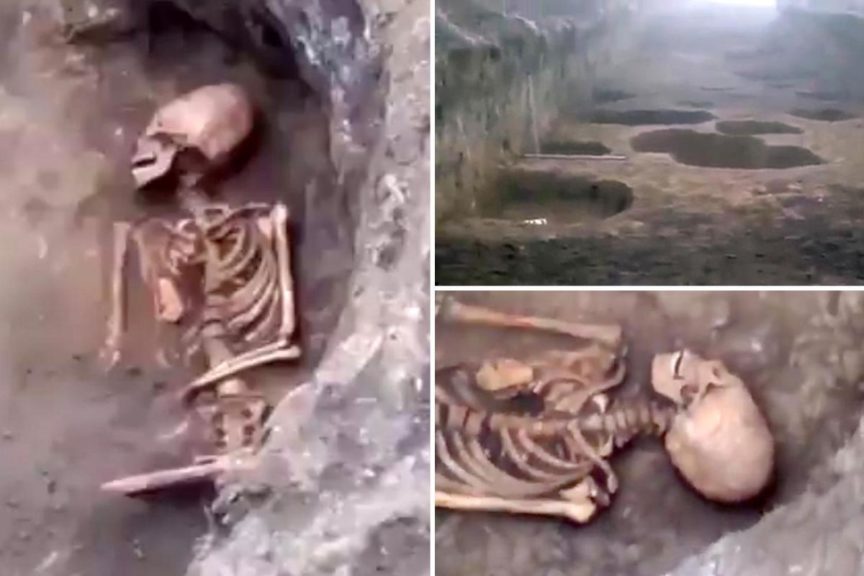
courtesy of TheSunBest.com
Cranial deformation began while a child was still an infant, but no one is quite sure why ancient cultures conducted this practice. Some speculate that it was a way to achieve a more masculine look for males, but this wouldn’t explain the elongation of the recently discovered female skull. The most widely accepted answer is that it was believed to be an indicator of higher social status.
And elongated skulls or their depiction in ancient civilizations can be found all over the world, dating back to ancient Egyptian pharaohs, such as King Tut, Nefertiti, and Akhenaton. Meanwhile, similar skulls have been unearthed in a multitude of disparate areas across the world including England, France, Peru, and in parts of Africa.
Some proponents of the ancient astronaut theory believe the elongated skulls were an attempt to emulate the look of an ancient extraterrestrial race that visited our ancestors, but no one knows for certain. Still the practice becomes interesting especially when you throw Gaia’s 2017 discovery of several anomalous Peruvian skeletons with elongated skulls from Nazca into the mix.
Just saying…
Archeologists Puzzled by Hundreds of Egyptian Tombs from Pre-Dynastic Era
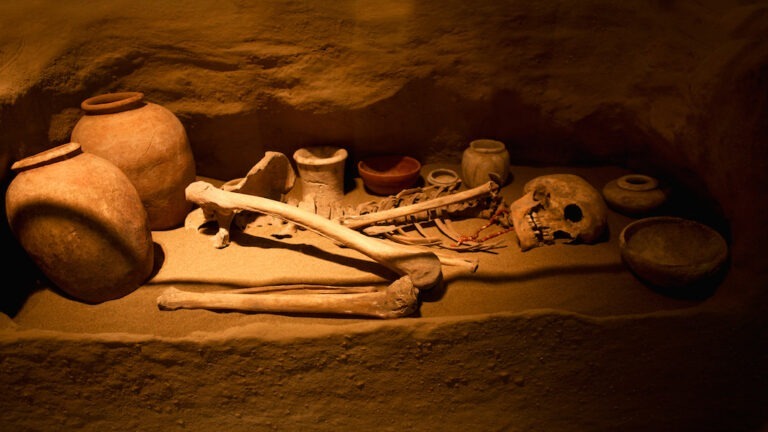
A new discovery from ancient Egypt has been made, with more than 100 tombs found from a pre-pharaonic era.
Egyptian archeologists have unearthed more than 100 burial tombs at an ancient site in a Nile Delta province. This new find includes 68 tombs dating to the pre-dynastic period from 6,000-3,150 B.C., as well as five oval-shaped tombs from the Naqada III period that spanned from around 3,200-3,000 B.C., and 37 rectangular graves from the second intermediate period when the Hyksos people ruled ancient Egypt.
Archeologists also found human remains of adults and children and pottery in the graves, but as archeologists make significant findings like this around the world, what makes this one stand out?


